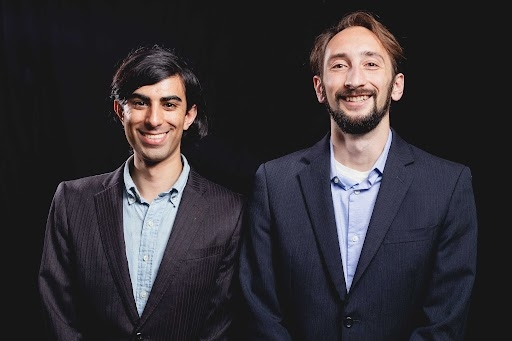
Over the last four or five years, while teaching pharmacology to students during his graduate program at UC Santa Barbara, doctoral candidate Willus Fisher noted a persistent problem.
“Every year, I reiterated the trade-offs between precise dosing with an IV versus an oral pill — where you can’t control the drug’s concentration levels in the blood very well,” he said. “The problem was nailed into my mind.”
It’s not a new problem; in fact, it’s well known that for more immediate effects, intravenous (IV) delivery is the best. IV offers drugs a direct route to the bloodstream, bypassing the gut gauntlet, so less of the drug is needed — and dosages can be measured and adjusted in real-time during the infusion.
But oral delivery has its own advantages: For one thing, it’s more convenient, requiring virtually no time in the patient chair. In addition, it avoids the potential for infections, vein damage and blood clots. However, once the pill is swallowed, the drug has to navigate the digestive system and it’s difficult to know how much ultimately gets to the bloodstream — and impossible to control the concentration once it gets there. Every year, this imprecision takes the lives of about 9,000 people in the U.S.; causes 1.3 million unnecessary patient injuries; and costs the healthcare system roughly $40 billion.
Fisher had been mulling over these issues when he met Aria Ghasemizadeh, a fellow doctoral student in the biomolecular science and engineering graduate program under the advisement of biology professor Cyrus Safinya. Ghasemizadeh, it turns out, was also contemplating the problem of how to get the best of both worlds — the convenience of a pill with the precision of an infusion. In cases where access to a hospital is minimal, such as with field medicine and search-and-rescue operations, rapid and precise drug delivery is one less uncertainty in a shifting environment.
“Precision and portability. If we could combine these two elements into a drug dosing platform, we would have in our hands a technology with unprecedented benefits to field medicine and medicine as a whole,” Ghasemizadeh said. “Not only would those outside hospitals be able to receive medicine on demand, but they would receive it with hospital-level precision.”